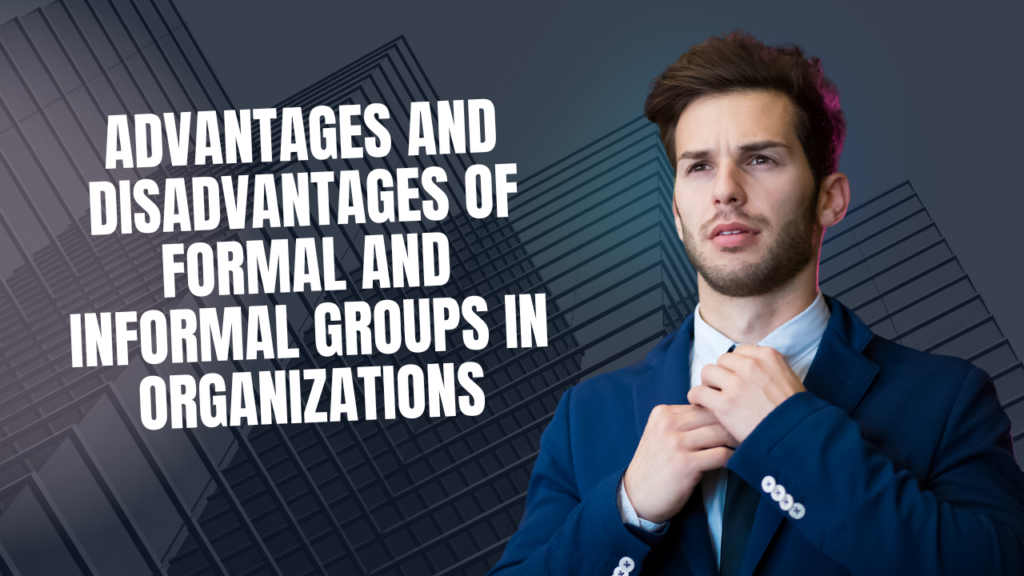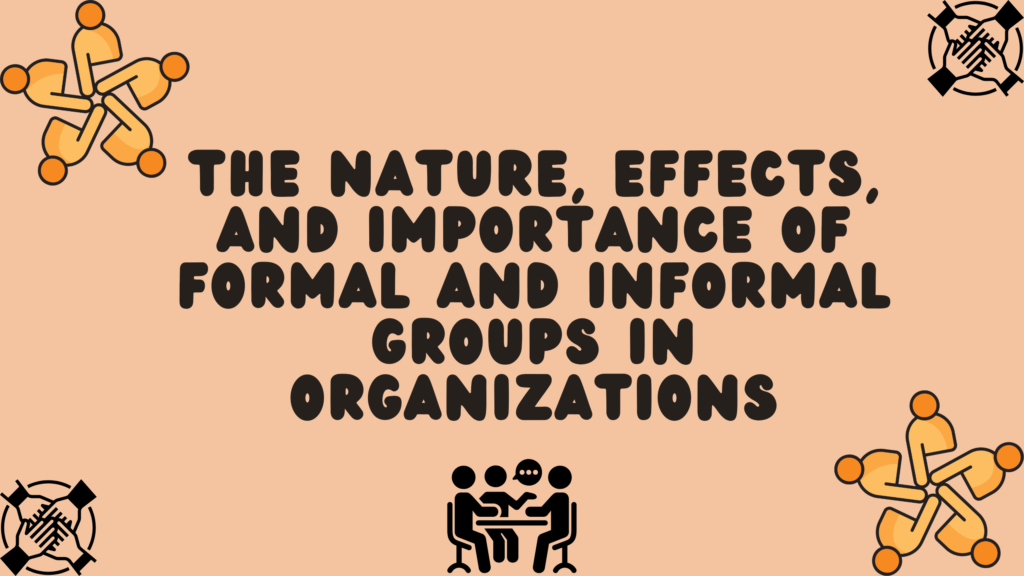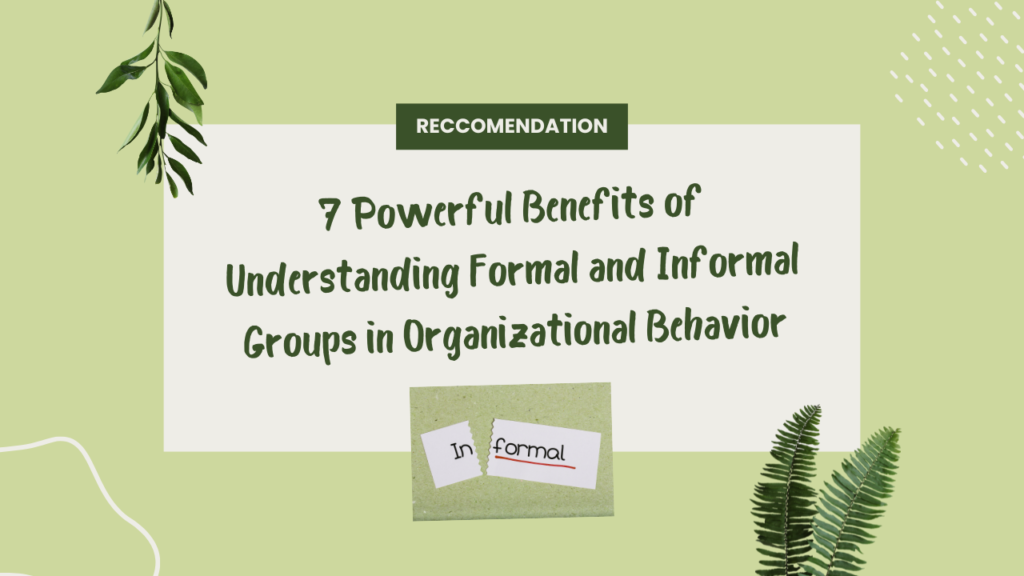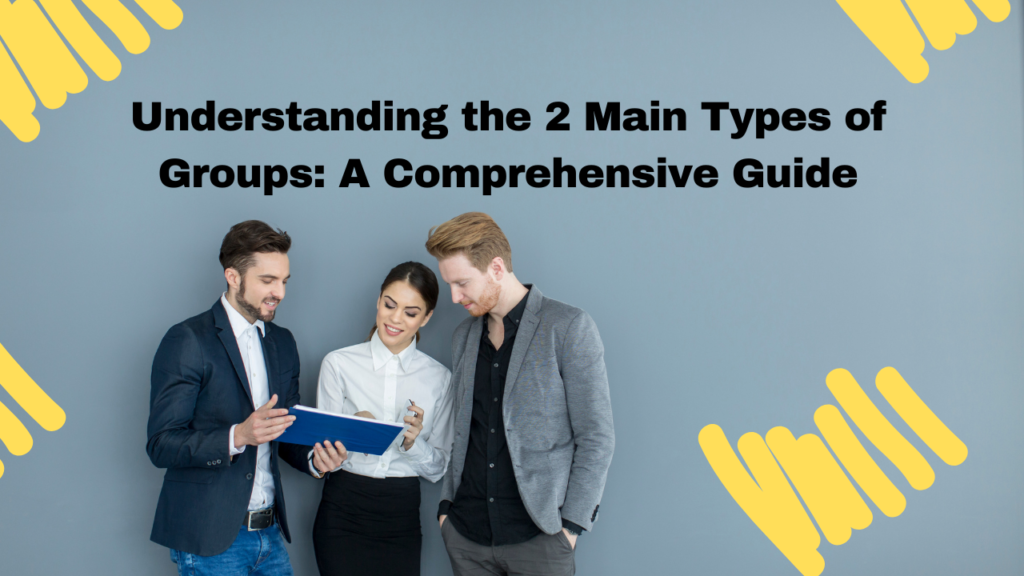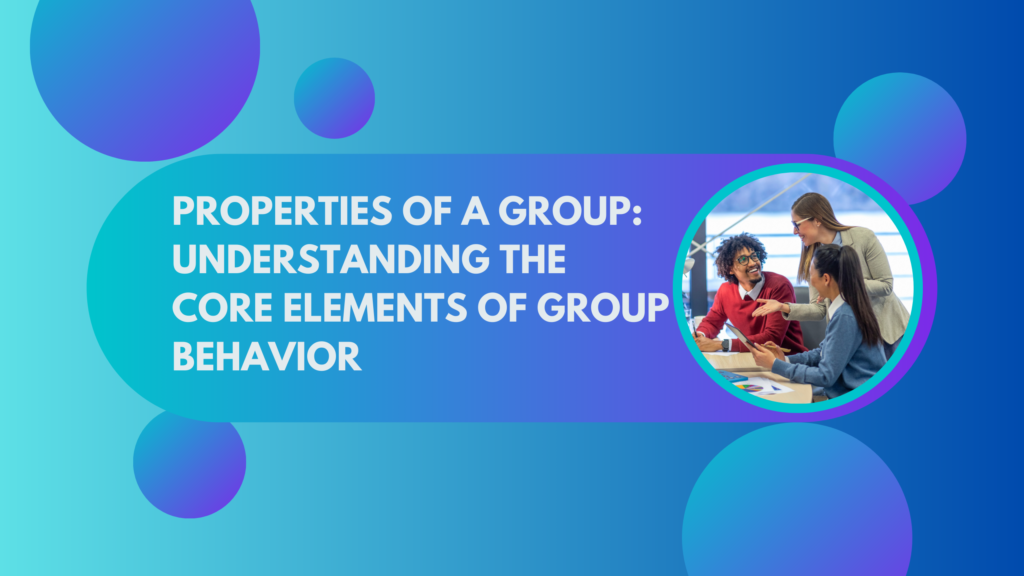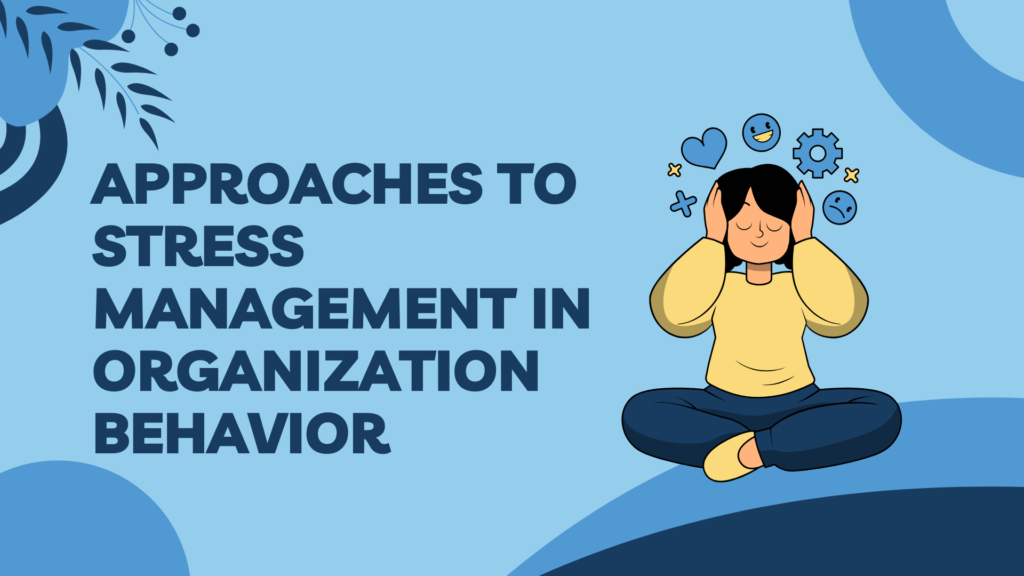- 8 Powerful Insights on Formal and Informal Leaders: Characteristics, Importance and Formation
- Advantages and Disadvantages of Formal and Informal Groups in Organizations
- The Nature, Effects, and Importance of Formal and Informal Groups in Organizations
- 7 Powerful Benefits of Understanding Formal and Informal Groups in Organizational Behavior
- Understanding the 2 Main Types of Groups: A Comprehensive Guide
- Properties of a Group: Understanding the Core Elements of Group Behavior
- Group Dynamics Explained: Teamwork That Works
- Top 5 Powerful Leadership Styles in Organizational Behavior (With Real Examples)
- Approaches to stress management in Organization Behavior
- Types of Stress in Organization Behavior
- Meaning and Types of Stress Positive & Negative
- The Model of Conflict (Thomas-Kilmann Model)


